Book
 “La Déesse Particulière”
“La Déesse Particulière”
2012
PAOLO BARBARO
When it was unveiled at the Paris Motor Show in 1955, the Citroën DS was an immediate success for the order books but also the subject of an exceptional review: an article by Roland Barthes, La Nouvelle Citroën, which he later also included in the Mitologies collection.
Among the myths of the ‘50s analysed by Barthes in these essays, the DS has undoubtedly lasted longer than most of the others. Not by chance was one of the most popular Italian nicknames for this extraordinary object of design an aquatic one, the shark, one of the animals that has evolved since the Pleistocene: born with an already perfect shape, it has never needed to change for millions of years. Barthes wrote about the smoothness of its surfaces and the way junctions between its components and materials were conceived. A far cry from Marinetti’s futuristic and male chauvinist Steel Alcove. We are rather faced by a Soft Machine (seen from the inside by the most fortunate observers), just like the sort described by William Burroughs, poet of the Beat Generation. The sex appeal of the inorganic was another of Burroughs’ favourite notions, but Walter Benjamin had already used it frequently in the Arcades Project with reference to fashion, the seductiveness of material goods that lies behind a continuous exchange of form and matter, transitions between natural and artificial things.
During the Fifties, the DS was an impressive creation as to its quantity of pioneering technical solutions, but also because of the way the relationship between form and function had become transformed: design was neither a decorative cladding for concealing untidy but necessary mechanisms nor the visual expression of its functional beauty. So much so, that the engine had actually been created after the bodywork, which is the most beautiful of Flaminio Bertoni’s sculptures (the designer was also a somewhat academic sculptor. With the Citroën it was as if Bertoni had been transformed from Bistolfi into Brancusi). The homogeneous surface of the car body expressed the essence of the object itself without any interruptions or differences in quality between the exterior and interior.
The photos reveal a truly photogenic metal body, so attractive in the inorganic yet sensitive and sensual surface of the photos themselves. It is so easy to be carried away by details after dutifully describing the whole figure and its important components, just as one would do for an abstract but evocative and particularly light-sensitive sculpture, the materials of which are inclined to be transfigured by their representation in the subtle shades of grey in the black and white photography. This is not the first confrontation for Di Liborio. He had already done this in 2002 when his interpretation was abstract, reducing the never-ending curves, the joints (which had the same specific importance for him as for Barthes) and the play of reflections into hyper real images of sharp detail. Now, years after, there is a different interpretation. Instead of arid minutiae, there is soft focusing that selectively affects the details as though the eye were caressing the inanimate surface with a visual sense of touch. He begins with the name of the body-maker, Henri Chapron, in chromed letters underlined by the ribbed moulding: there is no standard rule, squaring or straight line, nothing in this body that seems to come from another car. Each detail is a microcosm of materials, an architectural project in an unknown scale that soon alludes to something else. It eludes anything standard in an ongoing game of unbelievable transformation amongst minerals, plants, animals. A rear light, an air intake, a handle and a window surround: each seems to be a pretext for conjuring up a beetle’s carapace, the arm or a curve of the seductive cyborg in Metropolis (Lang, 1927) just before becoming the satanic doppelgänger of the sweet but somewhat retarded Maria. The transition among distant animal kingdoms like Grandville prints, as suggested once again by Benjamin, is encouraged by encroaching darkness and out of focus effects.
Di Liborio’s fascinating images have nothing to fear from details that reveal the passage of time, traces of corrosion or slightly ageing skin (seems fake although real, but is the true pretence of a living organism). The steering column enters the dashboard smoothly, in an understated sexual allusion. After all a myth is a story that grows mainly by word of mouth each time it’s told. It retains its own character, distilled into an essence as it passes through infinite variations. Di Liborio’s photography amplifies the myth of this form by transporting visual variations to the land of legends and fables.









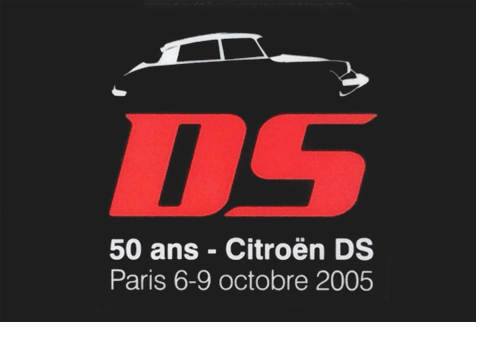


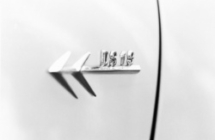
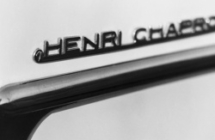
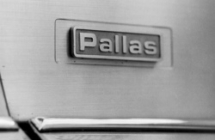
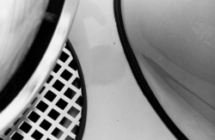
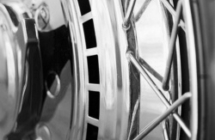
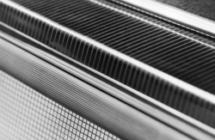
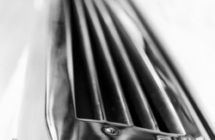
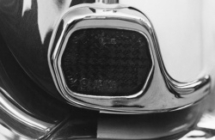
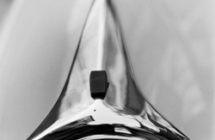
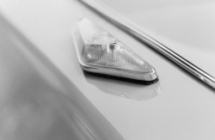
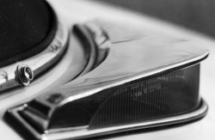
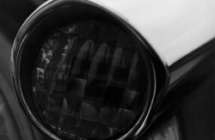
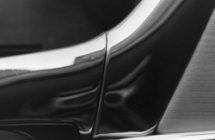
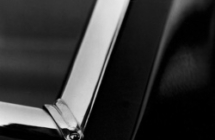
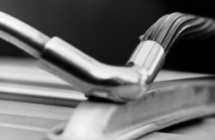
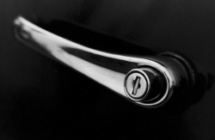
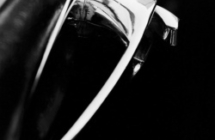
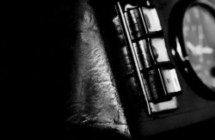
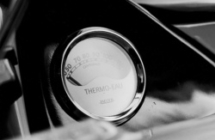



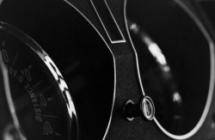
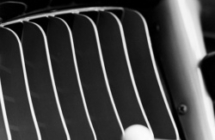
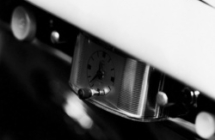
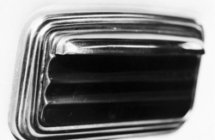
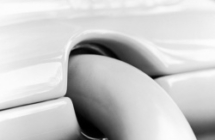
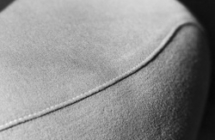
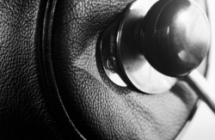
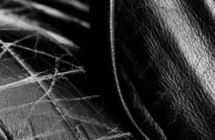
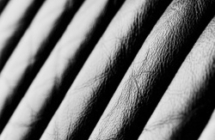
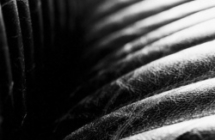
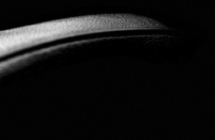
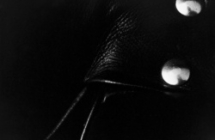
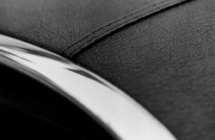
Contattaci